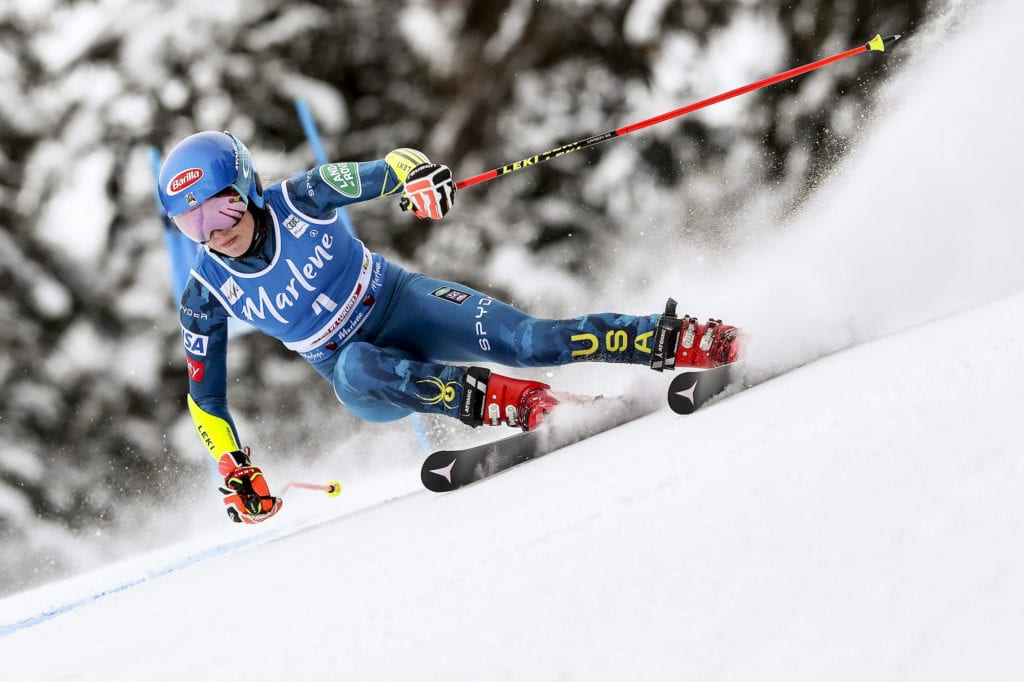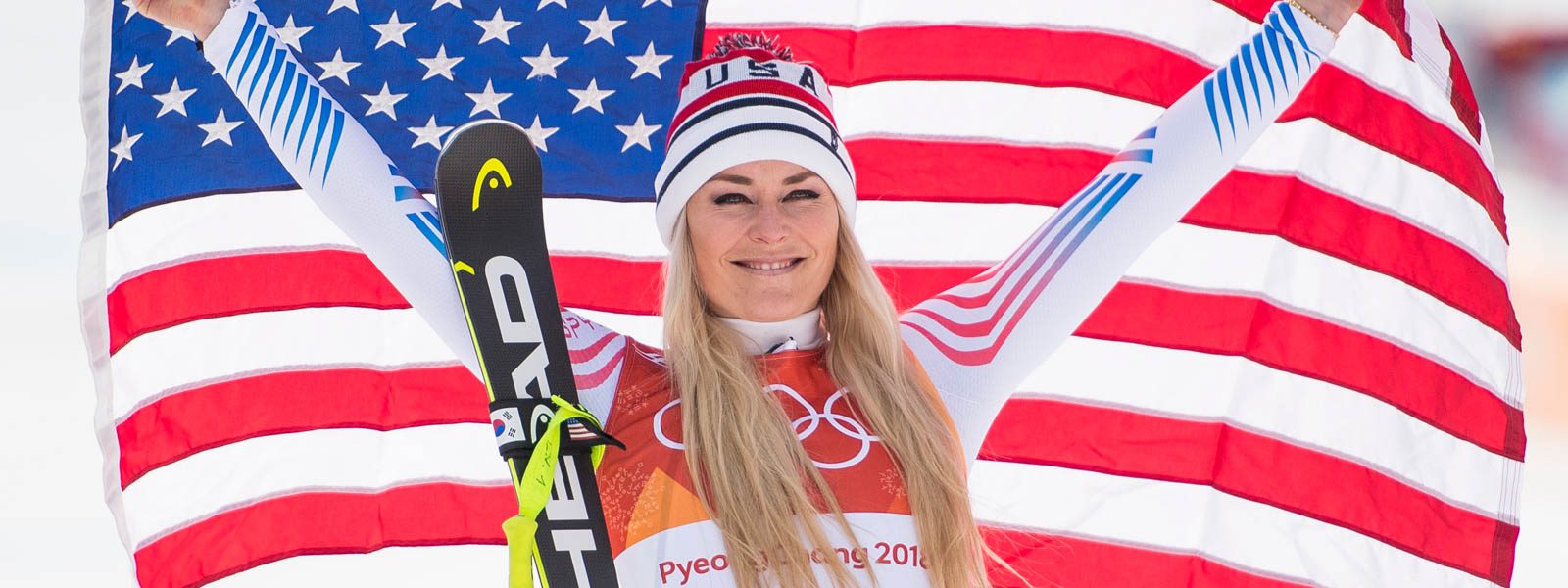Is Shiffrin’s best yet to come?

Is Mikaela Shiffrin entering the world championship giant slalom on a rising tide? That’s what I’ve been asking myself following her performances that led to a super G bronze medal and gold in combined. The reflexive answer is, of course, a resounding yes. Medals surely make for momentum, but it’s the disparate ways she won each that could provide insight and tell us more.

In the case of the super G, the compulsive preparer proved that she can compete with the very best on only four days of discipline-specific training. In fact, she was better than the best for most of her run. Whereas in the slalom leg of the combined, she proved that she hasn’t lost her back-half speed in the discipline she holds dearest — and the one in which she likely has more practice miles than any other 25-year-old on the planet. So, true or not, she can now tell herself she can compete with the best without out-training them. And her dominant slalom speed was not lost, just hiding on race day.
Armed with that kind of confidence, she becomes a much more formidable opponent than her 2021 GS record would otherwise suggest. She landed on one GS podium – a win – in Courchevel back in mid-December. After her win she noted, “It wasn’t lost on me that Fede (Brignone) slid on her face for an entire turn and still finished second.” In that race, the four-time 2021 GS winner, Marta Bassino, skied out altogether, as did the 2019 GS world champion, Petra Vlhova.

In the time since, and before, it’s worth considering the component of fatigue. Shiffrin, having conceded pursuit of an overall title to focus on GS and slalom, has raced only 12 times this year, which includes her two world championship starts. Vlhova has not missed a race on the calendar in her pursuit of a World Cup overall title. She has had 22 starts; Brignone and Bassino aren’t far behind with 19, which is the same number as the latest GS-medal contender, Michelle Gisin. Lara-Gut Behrami has started 17, which leaves only one other name among the top-seven ranked GS skiers in the world who will come in as fresh: Tessa Worley with 13 starts. In the most immediate sense, even Worley skied in the parallel with all of the aforementioned, while Shiffrin trained and rested.
Make no mistake about Shiffrin’s chances. While they are good, the women’s giant slalom field is by far the most competitive of any discipline, but Shiffrin is rested and trending up, as is Worley, who won the most recent GS on the calendar.
Then it comes down to slope on the Olympia Della Tofane, same as the super G. They watered the slope two days ago, according to Shiffrin’s coach, Mike Day, but no one has been on it to get a look or feel for the surface. The hope is that it will stay firm under the expected high temperatures in the second run. Half of the terrain is moderate-to-flat. That is not in the wheelhouse of Tessa Worley. But it is the happy place of Michelle Gisin, maybe super G winner Lara Gut-Behrami, and the skier who might have won that super G if not for a giant mistake, Shiffrin. But when it comes to women’s giant slalom, one error is one too many, if you hope to take home a medal.
For just that reason, outlier medals are few in women’s GS. There are just too many talented skiers among the top 10 or 12 to imagine enough of them would err to allow a high number through. But consider this: American Paula Moltzan has not started anywhere near the top 30 this year, but she has shown incredible speed when the conditions have been favorable. Due to a smaller field at worlds, she will start 27. She finished fourth in the individual parallel GS and, today, posted the fastest women’s time in the team parallel. She is exceptional on moderate terrain in particular. Imagine she moves halfway through the field on Run 1, and the course starts to suffer rapid break down in Run 2? If you watched any of the parallel racing the last two days, you already know, stranger things have happened.






















